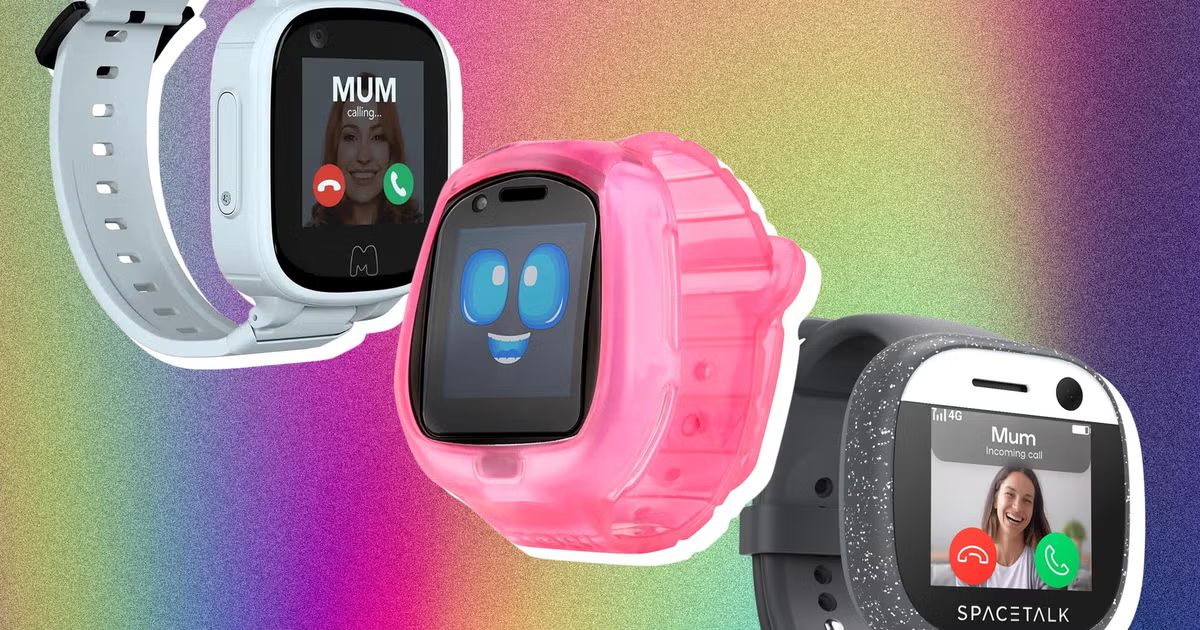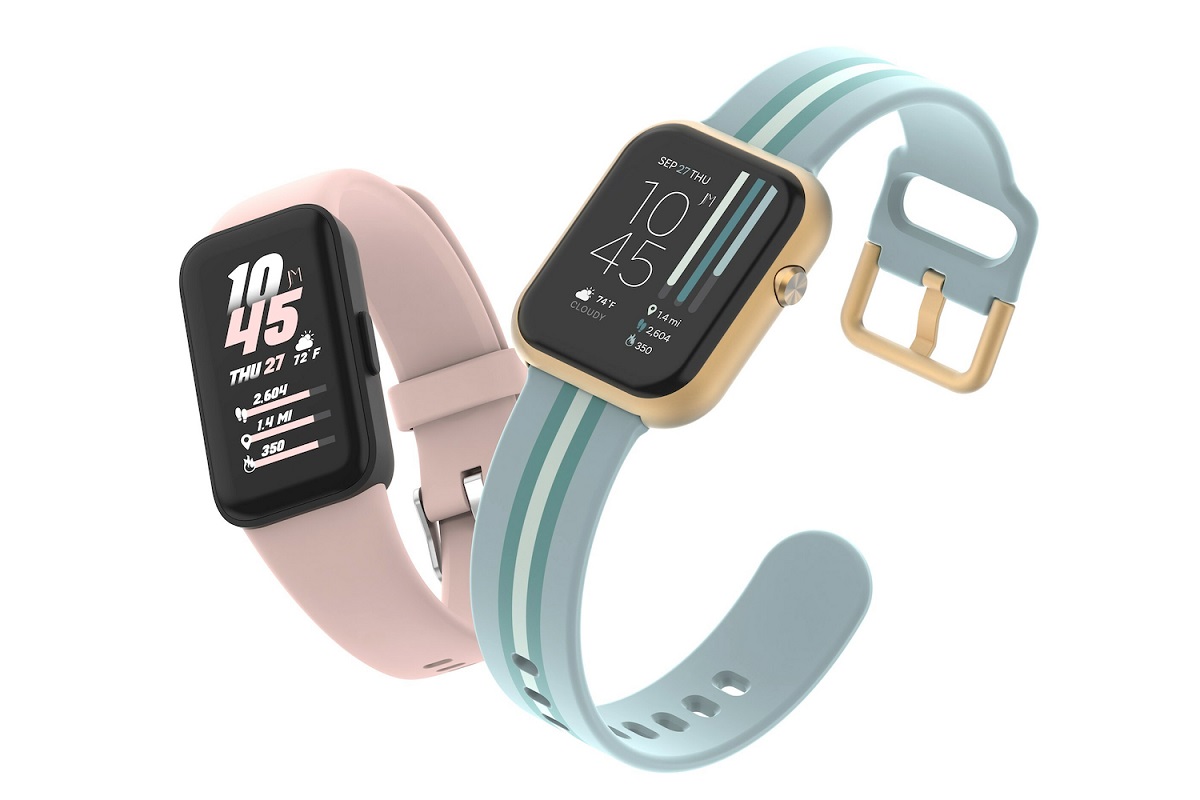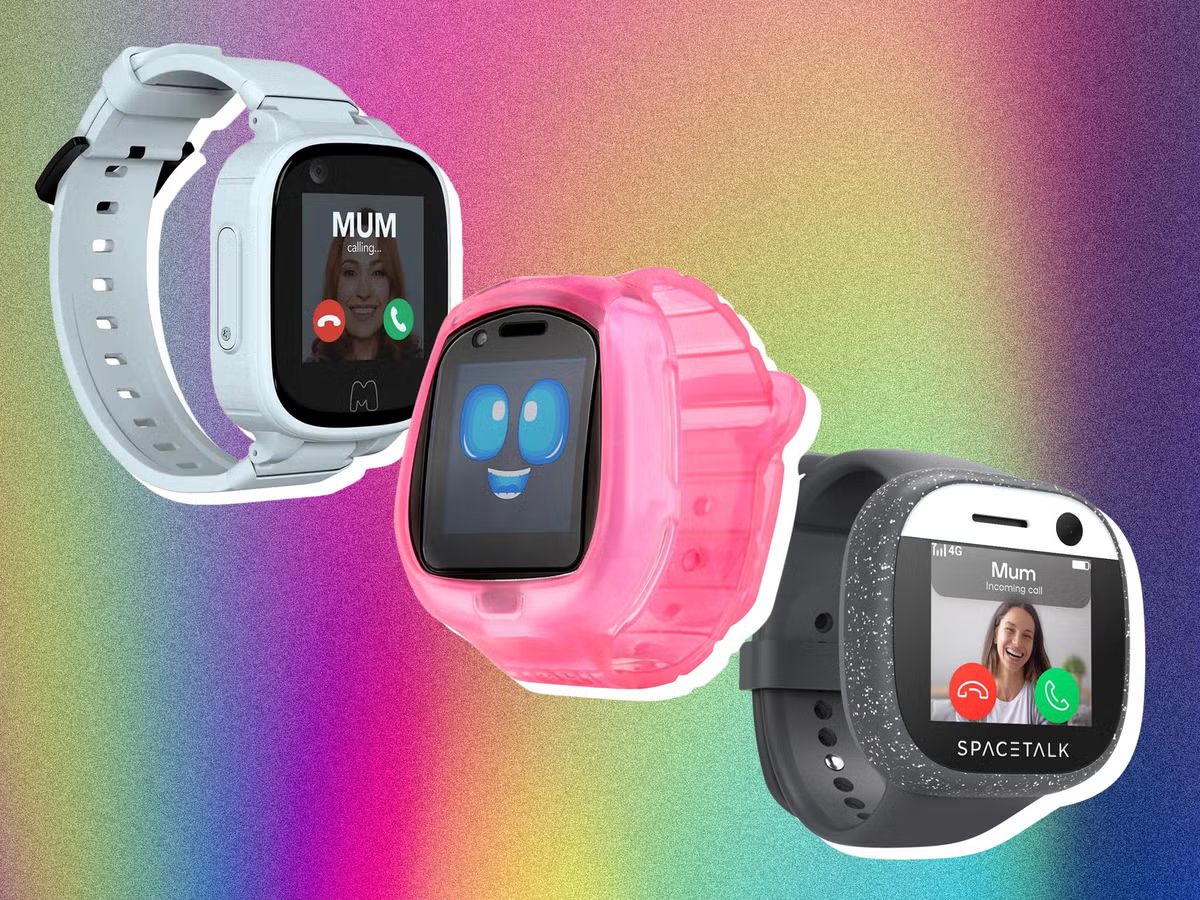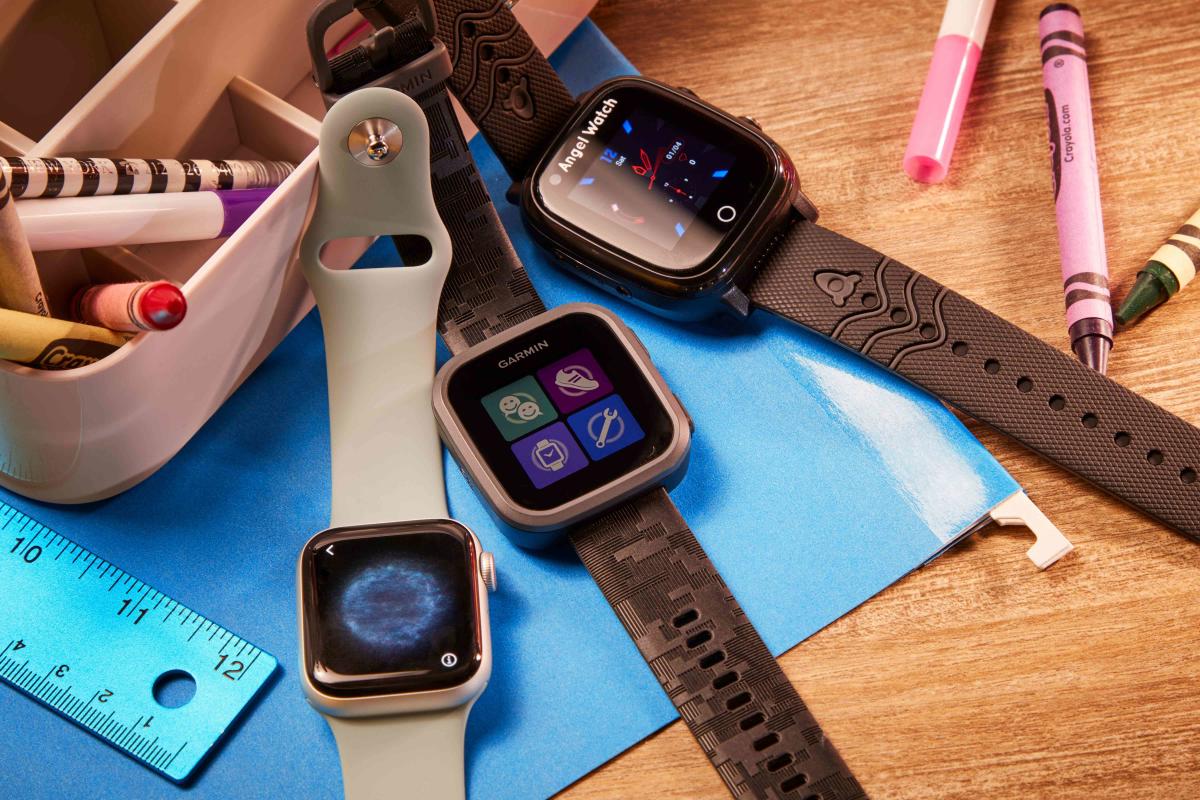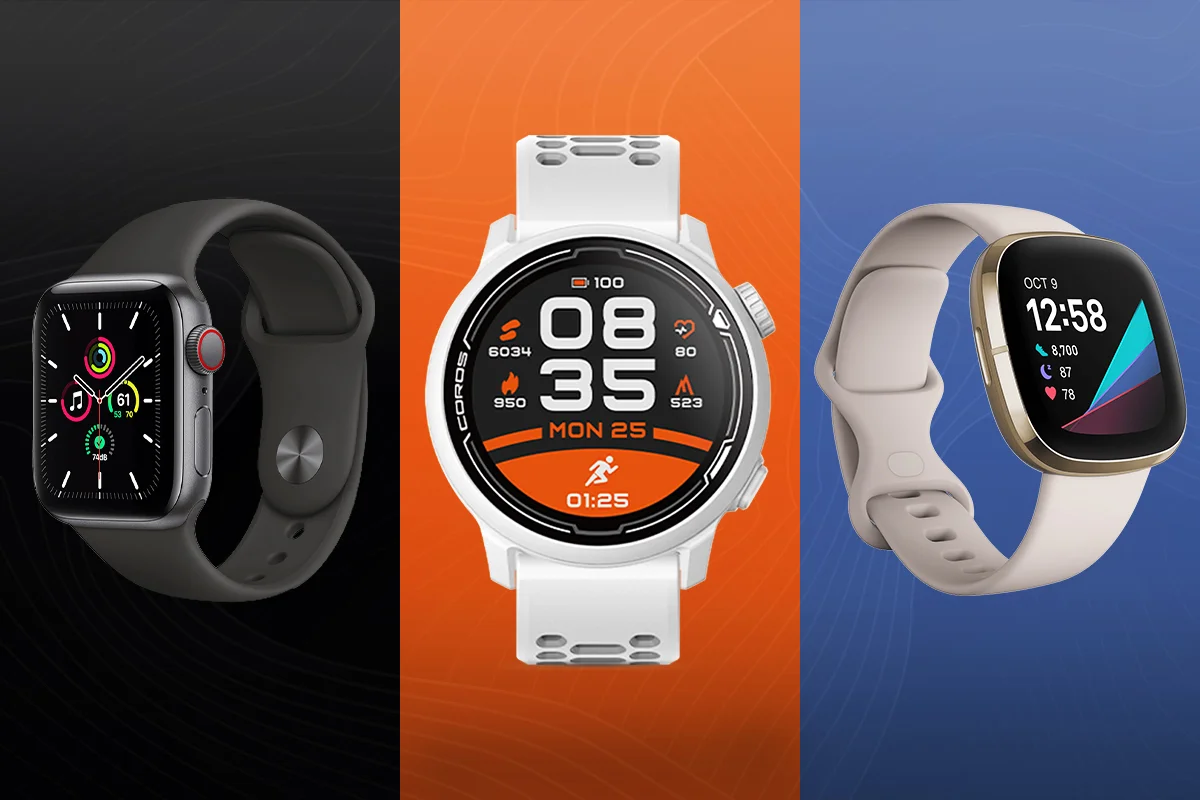Introduction
In today's fast-paced world, technology has transformed the way we navigate our daily lives. From keeping track of our fitness goals to ensuring the safety of our loved ones, the integration of GPS tracking into our smartphones has revolutionized personal tracking. By leveraging the power of GPS technology, individuals can now monitor their movements, share their locations with friends and family, and even locate lost or stolen devices with ease.
The concept of GPS, or Global Positioning System, has evolved from its military origins to become an indispensable tool for personal and commercial use. With the ability to pinpoint locations with remarkable accuracy, GPS tracking has become a game-changer in various industries, including transportation, logistics, and personal safety. By harnessing the capabilities of GPS technology, individuals can enhance their daily experiences by seamlessly integrating location-based services into their smartphones.
In this comprehensive guide, we will delve into the world of GPS tracking and explore the step-by-step process of adding GPS tracking to your phone. Whether you're a tech enthusiast looking to unlock the full potential of your device or a concerned parent seeking to ensure the safety of your children, understanding the intricacies of GPS tracking and its applications can empower you to make informed decisions about personal tracking.
By the end of this guide, you will gain valuable insights into the benefits of GPS tracking, learn how to select the right GPS tracking app for your needs, and master the process of installing and using GPS tracking on your smartphone. With a user-friendly approach and practical tips, this guide aims to demystify the world of GPS tracking and equip you with the knowledge to leverage this technology effectively in your daily life. So, let's embark on this journey to unlock the potential of GPS tracking and embrace the myriad possibilities it offers for personal empowerment and safety.
Step 1: Understanding GPS Tracking
GPS, or Global Positioning System, is a satellite-based navigation system that enables precise location tracking and mapping. It comprises a network of satellites orbiting the Earth, transmitting signals to GPS receivers, such as those integrated into smartphones. By triangulating signals from multiple satellites, GPS receivers can accurately determine their own location, velocity, and time.
How GPS Tracking Works
GPS tracking utilizes the fundamental principles of the GPS system to monitor the real-time location of an object or individual. By employing a GPS tracking device, such as a smartphone with a GPS receiver, users can access location-based information and services. The device calculates its position by analyzing signals received from at least four GPS satellites, enabling it to determine latitude, longitude, altitude, and time.
Applications of GPS Tracking
The applications of GPS tracking are diverse and impactful. In the realm of personal tracking, GPS technology offers unparalleled benefits, including real-time location sharing, route planning, and geofencing. Individuals can utilize GPS tracking to monitor their fitness activities, track outdoor adventures, and ensure the safety of family members by sharing their locations in emergencies.
Benefits of GPS Tracking
The integration of GPS tracking into smartphones has revolutionized personal safety and convenience. With the ability to pinpoint locations with remarkable accuracy, GPS tracking empowers individuals to navigate unfamiliar areas, locate lost or stolen devices, and stay connected with loved ones. Moreover, the seamless integration of GPS technology into everyday devices has paved the way for innovative applications in areas such as transportation, emergency services, and asset tracking.
The Evolution of GPS Technology
Since its inception, GPS technology has undergone significant advancements, leading to enhanced accuracy, faster signal acquisition, and improved reliability. The integration of GPS tracking into smartphones has further expanded the reach of this technology, enabling individuals to harness its capabilities for a myriad of purposes.
Understanding the fundamentals of GPS tracking is the first step towards leveraging its potential for personal empowerment and safety. By grasping the inner workings of GPS technology, individuals can make informed decisions about selecting the right GPS tracking app and effectively utilizing it on their smartphones. As we delve deeper into the world of GPS tracking, we will explore the process of choosing the right GPS tracking app tailored to your specific needs.
Step 2: Choosing the Right GPS Tracking App
Selecting the right GPS tracking app is a critical decision that can significantly impact your personal tracking experience. With a myriad of options available in the app market, it's essential to consider various factors to ensure that the chosen app aligns with your specific needs and preferences.
Consider Your Tracking Needs
Before diving into the sea of GPS tracking apps, take a moment to assess your tracking requirements. Are you primarily interested in tracking your outdoor activities, monitoring the whereabouts of family members, or safeguarding your smartphone against theft? Understanding your primary tracking needs will guide you in selecting an app that offers the features and functionalities tailored to your objectives.
Evaluate Features and User Interface
When exploring GPS tracking apps, pay close attention to the features they offer. Look for apps that provide real-time location sharing, geofencing capabilities, and intuitive interfaces for seamless navigation. Additionally, consider whether the app integrates additional functionalities, such as activity tracking, route planning, and emergency SOS features, to enhance your overall tracking experience.
Review User Feedback and Ratings
One of the most reliable ways to gauge the effectiveness of a GPS tracking app is by reviewing user feedback and ratings. Take the time to read through user reviews and ratings on app stores and independent review platforms. Pay attention to users' experiences, reliability of location tracking, battery consumption, and overall satisfaction with the app's performance.
Assess Privacy and Security Measures
Given the sensitive nature of location tracking, it's crucial to prioritize privacy and security when selecting a GPS tracking app. Look for apps that offer robust privacy settings, secure data encryption, and clear policies regarding the handling of location information. Additionally, consider whether the app allows you to control the visibility of your location and share it selectively with trusted contacts.
Compatibility and Device Integration
Ensure that the GPS tracking app you choose is compatible with your smartphone's operating system. Whether you use an iOS or Android device, verify that the app seamlessly integrates with your device and offers consistent performance. Furthermore, consider whether the app supports cross-device compatibility, allowing you to track and share locations across multiple platforms.
Seek Customization and Flexibility
A well-rounded GPS tracking app should offer customization options to adapt to your unique tracking preferences. Look for apps that allow you to set location-based alerts, customize tracking intervals, and tailor the app's settings to suit your specific requirements. Flexibility in customization empowers you to personalize the tracking experience according to your preferences.
By carefully considering these factors and conducting thorough research, you can identify the GPS tracking app that best aligns with your needs and preferences. As we proceed to the next step of installing the chosen app, you will be well-equipped to embark on your personal tracking journey with confidence and clarity.
Step 3: Installing the GPS Tracking App
Installing a GPS tracking app on your smartphone is a straightforward process that empowers you to harness the capabilities of GPS technology for personal tracking. Whether you're seeking to monitor your outdoor adventures, stay connected with loved ones, or enhance the security of your device, the installation of the chosen GPS tracking app marks the pivotal moment when you transition from exploration to practical implementation.
To initiate the installation process, begin by accessing the app store specific to your smartphone's operating system. If you use an iOS device, navigate to the Apple App Store, while Android users can access the Google Play Store. Once within the app store, utilize the search function to locate the GPS tracking app that aligns with your tracking needs and preferences.
Upon finding the desired GPS tracking app, proceed to initiate the installation by selecting the "Download" or "Install" option. Depending on your internet connection speed, the app will be swiftly downloaded and installed on your smartphone. Ensure that your device has sufficient storage space to accommodate the app and its associated data.
Once the installation is complete, navigate to your smartphone's home screen or the designated app drawer to locate the newly installed GPS tracking app. Tap on the app icon to launch it for the first time. As the app opens, you may be prompted to grant various permissions, such as access to location services, notifications, and other relevant features. It's essential to carefully review and approve these permissions to enable the app to function optimally.
Following the permission setup, the GPS tracking app will guide you through the initial setup process, which may involve creating a user account, customizing tracking preferences, and configuring privacy settings. Take the time to familiarize yourself with the app's interface and explore its functionalities to gain a comprehensive understanding of its capabilities.
With the GPS tracking app successfully installed and configured on your smartphone, you are now poised to embark on your personal tracking journey with confidence. The seamless integration of GPS technology into your device opens up a world of possibilities, from real-time location sharing to proactive safety measures. As we transition to the next step of setting up the GPS tracking app, you will be primed to delve deeper into the practical implementation of this powerful technology.
Step 4: Setting Up the GPS Tracking App
Setting up the GPS tracking app is a crucial phase that lays the foundation for a seamless and personalized tracking experience. As you embark on this step, you are poised to configure the app according to your specific preferences, enabling you to harness the full potential of GPS technology for personal empowerment and safety.
Upon launching the GPS tracking app on your smartphone, you will be guided through the initial setup process, which typically involves creating a user account or signing in with existing credentials. By establishing a personalized account, you gain access to features such as personalized settings, location history, and the ability to synchronize tracking data across multiple devices.
During the setup process, take the time to explore the app's settings and customization options. Many GPS tracking apps offer the flexibility to tailor tracking intervals, set location-based alerts, and configure privacy settings. By customizing these parameters to align with your specific tracking needs, you can optimize the app to deliver a tailored tracking experience that caters to your preferences.
Privacy and security considerations play a pivotal role in the setup of a GPS tracking app. It's essential to review the app's privacy settings and understand how your location data is handled and secured. Look for options to control the visibility of your location, manage sharing settings, and ensure that the app adheres to robust data encryption practices to safeguard your tracking information.
As you navigate through the setup process, familiarize yourself with the app's interface and features. Whether it's real-time location sharing, geofencing capabilities, or emergency SOS functionalities, understanding the app's capabilities empowers you to leverage its full potential in various scenarios, from outdoor adventures to everyday safety measures.
Furthermore, consider integrating additional features offered by the app, such as route planning, activity tracking, and location-based notifications. By exploring these supplementary functionalities, you can expand the scope of your tracking experience and unlock the diverse applications of GPS technology in your daily life.
By the time you complete the setup of the GPS tracking app, you will have tailored the app to align with your specific tracking needs and preferences. The personalized configuration paves the way for a seamless and intuitive tracking experience, empowering you to leverage GPS technology to its fullest extent. As we proceed to the next step of using GPS tracking on your phone, you will be primed to embark on your personal tracking journey with confidence and clarity.
Step 5: Using GPS Tracking on Your Phone
Having navigated through the process of understanding, choosing, installing, and setting up a GPS tracking app on your smartphone, you are now poised to embark on the practical implementation of GPS tracking in your daily life. Utilizing GPS tracking on your phone opens up a myriad of possibilities, from enhancing personal safety to optimizing outdoor adventures and staying connected with loved ones.
Real-Time Location Sharing:
One of the primary benefits of GPS tracking on your phone is the ability to share your real-time location with trusted contacts. Whether you're meeting friends at a crowded event, coordinating outdoor activities, or ensuring the safety of family members, real-time location sharing offers a valuable layer of connectivity and peace of mind.
Geofencing Capabilities:
By leveraging GPS tracking on your phone, you can create virtual boundaries, known as geofences, to receive notifications when your device enters or exits designated areas. This feature is particularly useful for parents monitoring their children's whereabouts, ensuring that loved ones reach their destinations safely, and receiving alerts when valuable assets move beyond predefined boundaries.
Route Planning and Navigation:
GPS tracking apps often integrate route planning and navigation functionalities, allowing you to chart optimal routes for your journeys. Whether you're exploring new destinations, embarking on outdoor excursions, or navigating through unfamiliar terrain, the ability to plan and follow routes using GPS tracking enhances your overall travel experiences.
Emergency SOS Features:
In the event of unforeseen emergencies, GPS tracking on your phone equips you with the means to swiftly communicate your location and summon assistance. Many GPS tracking apps offer built-in emergency SOS features, enabling you to trigger distress signals and alert designated contacts or emergency services to your precise location.
Activity Tracking and Performance Analysis:
For fitness enthusiasts and outdoor adventurers, GPS tracking on your phone serves as a valuable tool for monitoring and analyzing your activities. Whether you're running, cycling, hiking, or engaging in other physical pursuits, the app's activity tracking capabilities provide insights into your performance, distances covered, and elevation changes, enhancing your overall fitness journey.
By harnessing the diverse functionalities of GPS tracking on your phone, you unlock a world of possibilities that span personal safety, connectivity, and experiential enhancements. Whether it's staying connected with loved ones, optimizing outdoor pursuits, or proactively addressing safety concerns, the seamless integration of GPS technology into your smartphone empowers you to navigate life's adventures with confidence and assurance.
Conclusion
As we conclude this comprehensive guide to adding GPS tracking to your phone, it's evident that GPS technology has redefined personal tracking, offering a myriad of benefits and practical applications. By understanding the fundamental principles of GPS tracking, selecting the right GPS tracking app, installing and setting it up on your smartphone, and finally leveraging its capabilities, individuals can enhance their daily experiences and ensure personal safety with confidence.
The journey of integrating GPS tracking into your phone begins with a fundamental understanding of how GPS technology works and its diverse applications. From real-time location sharing to route planning and emergency SOS features, GPS tracking encompasses a wide array of functionalities that cater to various tracking needs and scenarios. By delving into the nuances of GPS tracking, individuals gain a deeper appreciation for its potential to empower and safeguard them in their daily endeavors.
Choosing the right GPS tracking app emerges as a pivotal decision, shaping the overall tracking experience. By considering factors such as tracking needs, features, user interface, privacy measures, and device compatibility, individuals can identify an app that resonates with their preferences. This careful selection process sets the stage for a tailored tracking experience that aligns with specific requirements and enhances user satisfaction.
The subsequent steps of installing and setting up the chosen GPS tracking app mark the transition from exploration to practical implementation. By navigating through the installation process and customizing the app's settings, individuals establish a personalized tracking environment that caters to their unique needs. This personalized configuration empowers them to harness the full potential of GPS technology and seamlessly integrate it into their daily routines.
Finally, the practical implementation of GPS tracking on your phone unlocks a world of possibilities, from real-time location sharing and geofencing to route planning, emergency SOS features, and activity tracking. These functionalities converge to enhance personal safety, connectivity, and experiential enhancements, empowering individuals to navigate life's adventures with confidence and assurance.
In essence, the integration of GPS tracking into smartphones represents a transformative leap in personal empowerment and safety. By embracing the capabilities of GPS technology and leveraging them effectively, individuals can navigate their daily lives with enhanced confidence, connectivity, and peace of mind. As GPS technology continues to evolve, its potential to enrich and safeguard the lives of individuals remains a compelling force in the realm of personal tracking.








